Cyclingnews Verdict
Despite its weight, the Bontrager Specter's impressive aesthetics, fit and ventilation make it an ideal choice for cyclists looking for an affordable all-round road helmet
Pros
- +
Fit
- +
Comfort
- +
Retention system
- +
Impressive aesthetic qualities
Cons
- -
Not the lightest model around
You can trust Cyclingnews
When Bontrager announced its WaveCel helmet technology, a cellular structure that comes with big claims of safety and energy absorption, it was met with fanfare and quite a bit of controversy. The Specter model falls roughly in the middle of Bontrager’s WaveCel equipped range.
Beyond the WaveCel, it's a pretty well-featured helmet, especially considering the price. But does the aggregate result lead to a helmet that ranks among the best road bike helmets?
Design and aesthetics
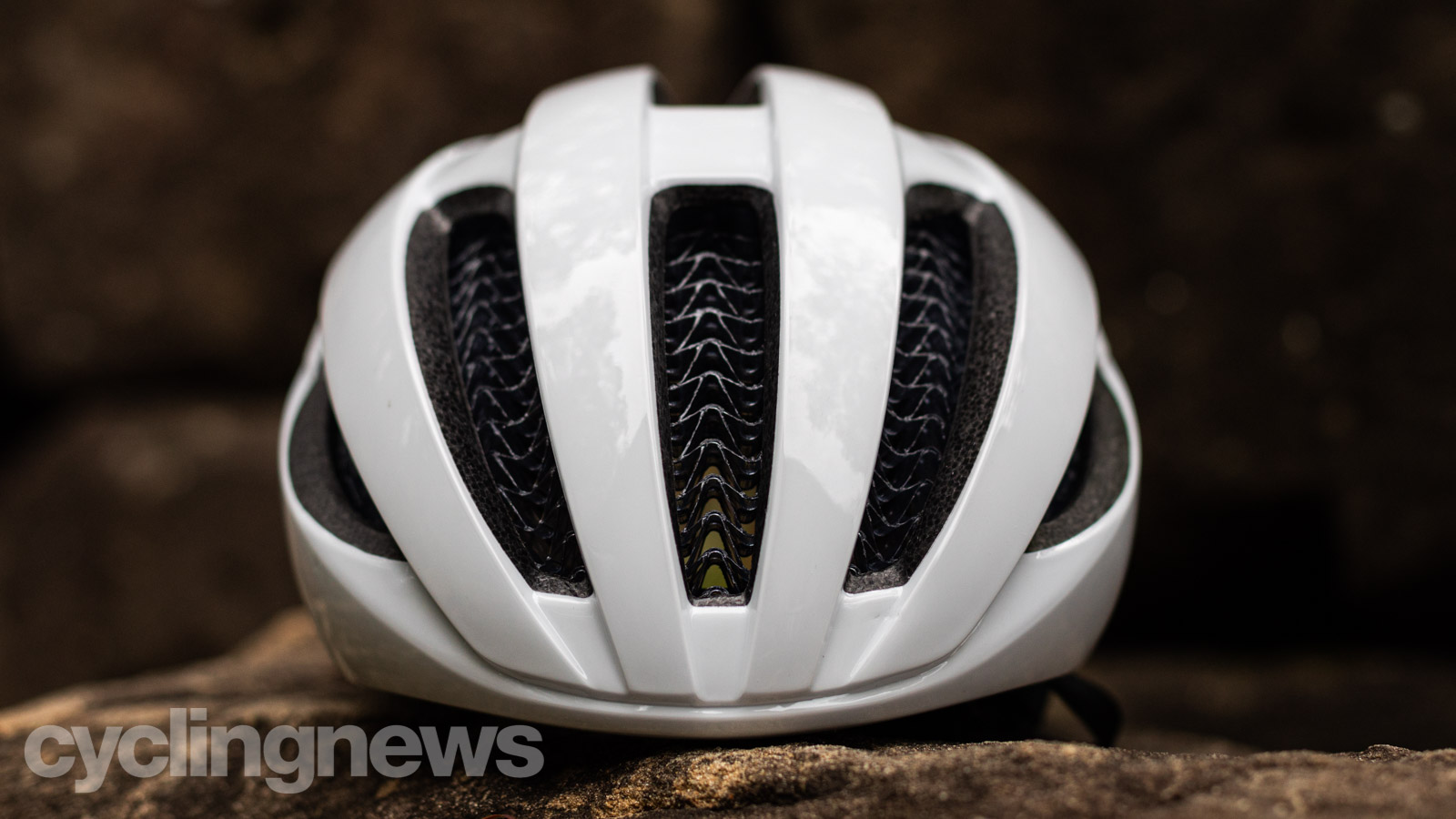
The elephant in the room, of course, is the WaveCel liner. The long and short of what Bontrager claimed is that this cellular structure drastically reduces the incidence of concussion in a crash.
Shortly after its release, both MIPS and Koroyd (which produces similar technology found in Smith Trace and Endura Pro SL helmets) questioned these claims of decreasing acceleration linear impacts and reducing rotational forces in a crash.
I have no way to confirm or deny these claims independently, however, it is worth noting that Virginia Tech gave the Specter a five-star rating, with a score of 10.8 — two of the other WaveCel road lids, the flagship XXX and the more budget-friendly Starvos, scored an 11.8 and 11.2 respectively. I should also note that several road helmets such as the Lazer Z1 MIPS, Specialized Echelon II MIPS, and Giro Aether MIPS all scored above 12.
What does all this mean? According to Virginia Tech, it’s a safe helmet — but there are safer - and less safe - lids according to their testing protocol.
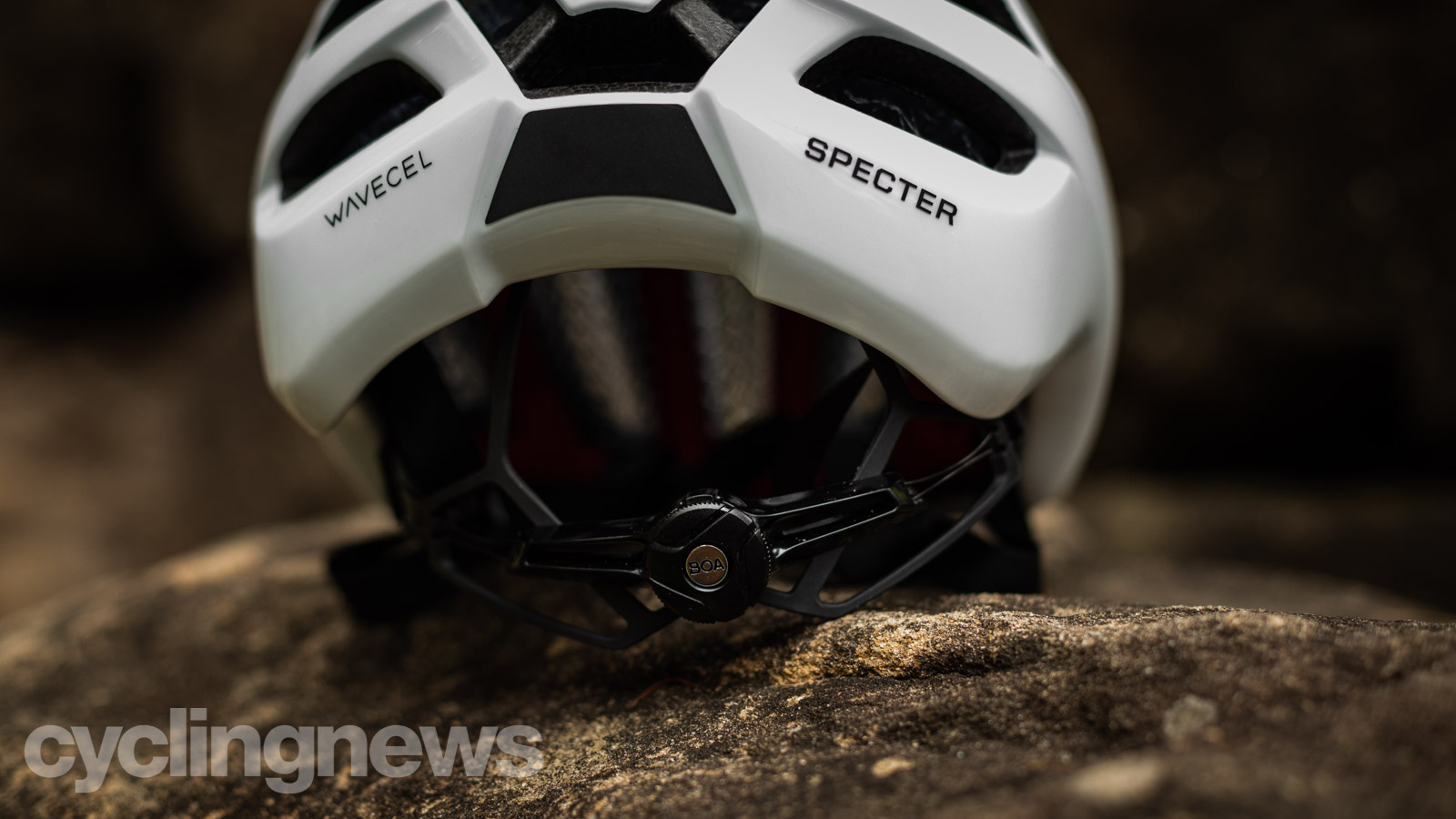

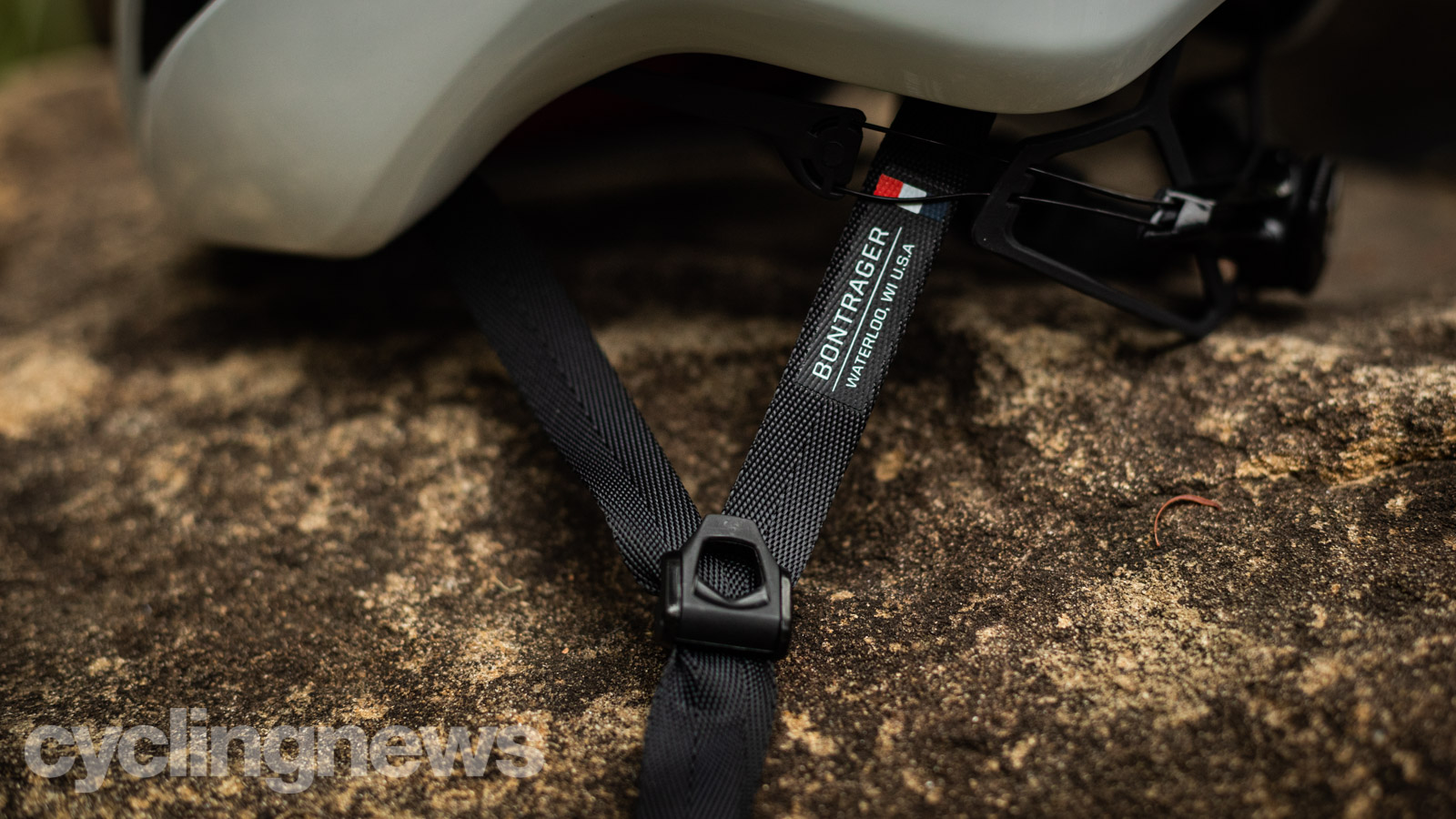
Moving away from the WaveCel liner, the Specter does see a standard EPS foam under the outer polycarbonate shell, which continues under the bottom edge of the helmet to protect it from dings.
The straps are made from lightweight webbing, the ear splitters are adjustable, and a magnetic Fidlock buckle brings them together under your chin.
At the back, Bontrager has opted for a Boa-based retention system. These dials are largely the gold standard in micro-adjustable closures, and the soft plastics used in the cradling conform nicely around the curves of your occipital bone. It has five positions of vertical adjustability and plays nicely with long ear stems commonly found on many of the best cycling glasses.
The shell itself is pretty low cut around the front, offers decent rear coverage for a road helmet, and sees a slim silhouette so you don't look like a mushroom. It’s a pretty good-looking helmet and the logos are understated yet tasteful — though there is a sticker set included in the box should you want to add branding.
Ride experience
The Specter is a bit of an anomaly when it comes to what I usually look for in a helmet. Typically, for a helmet to perform well, it needs to be lightweight, have lots of vents and deep internal channelling, and a retention system that grips your head without introducing pressure points.
By my scale, the Specter weighs 360g in a size medium (AU/NZ2063, the CSPC and CE versions are likely a few grams lighter), so it’s not a particularly lightweight helmet. It’s not so heavy that it makes your neck sore as a ride drags on but when you compare to similarly pierced helmets, it is portly.
It fits my head shape perfectly, and the form falls somewhere in the middle of the road as far as round vs oval shapes go. The vertical adjustment of the retention system can loop the cradle securely under my occipital bone to the point that it requires a deliberate tug to remove it from your head.
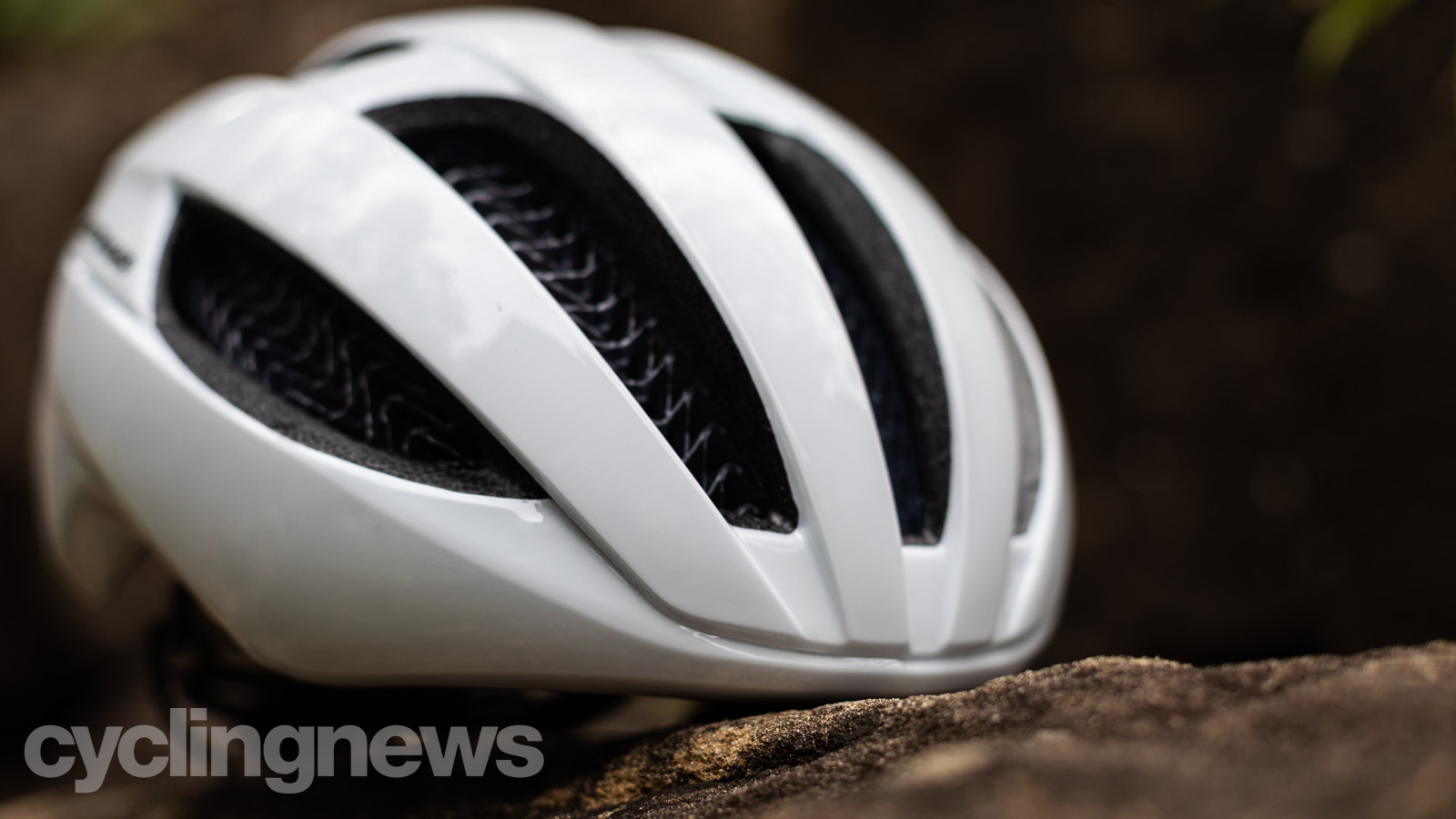

With 14 vents, there is no discernible internal channelling because the WaveCel materials run almost the entire circumference of the shell. Going by what I learned from the first generation of Koyroyd-laden Smith helmets, the Specter should be like an oven. But, it’s not, but I struggle to quantify exactly why.
Typically helmets that are incredibly airy rely on the internal channelling to suck air in through the front vents, guide it over the top of your head, and eject the hot air through the exhaust events — the cellular structure of the liner doesn't allow for this. There is a small gap between the EPS shell and the WaveCel, but the high-tech liner itself blocks direct access to your head.
Wearing the Specter, the only time you actually feel air flowing across your head is if you look down, but even without this breeze I was never uncomfortably warm, even during some hot and balmy summer days.
As a small anecdote, my helmet of choice over the past couple of years has been a Bontrager Velocis — I like the way it fits, it vents pretty well, and at 276g, it’s pretty light. However, I regularly find sweat dripping out the brow pad into my sunglasses, and if I push on the front of the helmet on a hot ride, it creates a raging salty waterfall. Not once have I had sweat a drop of sweat hit my sunnies while wearing the Specter.

This, of course, is nothing more than bro-science.
In that same vein, it's also worth pointing out that the brow pad in the Specter does not have a plastic backing as many high-end helmets with full 360-degree wrap retention systems do, and there is a small gap between the shell and the pad. Does this allow enough air to flow past the pad to dry it out and disprove my very unscientific anecdote? Maybe. You could ask the same questions of the small gap between the shell and the WaveCel layer; does the air flowing between these layers draw heat away from your head? Again, I can only report what I’m feeling; the fact of the matter is this helmet just isn’t all that hot.
However, I have a perpetually itchy head when I ride and am regularly jamming my fingers through any available opening in my helmet to scratch. The WaveCel liner blocks every hole in the helmet on the Specter, so this just wasn’t an option.
Verdict
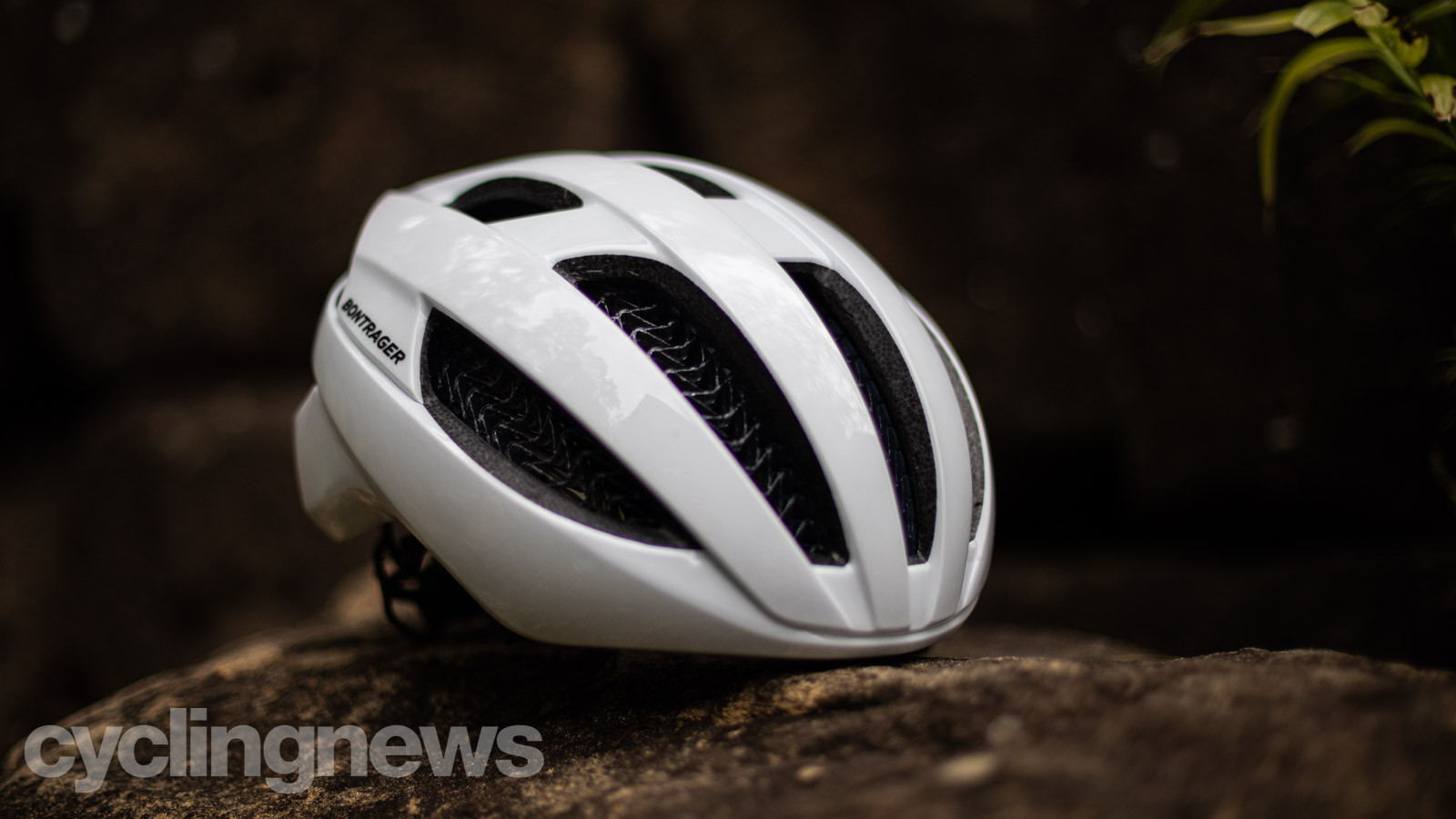
The independent testing from Virginia Tech, combined with the coverage the helmet provides, leads me to believe it’s a safe helmet. Does the WaveCel drastically reduce the chance of concussion by a boatload? Possibly, but there are safer helmets out there. Does it reduce the amount of airflow that reaches your head? Sure does, but the helmet manages temperature surprisingly well.
Overall it’s a great-looking helmet that doesn’t cost a whole lot ($149.99 / £129.99 / AU$219.99), with a solid retention system that offers up a surprising level of comfort.
Tech spec: Bontrager Specter WaveCel helmet
- RRP: $149.99 / £129.99 / AU$219.99
- Weight: 360g (actual, medium)
- Rotational safety: WaveCel
- Retention: Boa system closing mechanism
- Aero: No
- Sizes: S, M, L
- Colours: 7
Based on the Gold Coast of Australia, Colin has written tech content for cycling publication for a decade. With hundreds of buyer's guides, reviews and how-tos published in Bike Radar, Cyclingnews, Bike Perfect and Cycling Weekly, as well as in numerous publications dedicated to his other passion, skiing.
Colin was a key contributor to Cyclingnews between 2019 and 2021, during which time he helped build the site's tech coverage from the ground up. Nowadays he works full-time as the news and content editor of Flow MTB magazine.
